How Does a Tanker Truck Work?
Tanker trucks, ubiquitous on highways and critical to various industries, are specialized vehicles designed for transporting liquids, gases, and powders. Their operation involves a complex interplay of mechanical engineering, safety protocols, and logistical considerations. This article delves into the mechanics of tanker trucks, their types, the materials they carry, and the essential safety measures in place to ensure their efficient and secure operation.
Types of Tanker Trucks
Tanker trucks are categorized based on the cargo they transport. The primary types include:
1. Fuel Tankers: These are perhaps the most common type, designed to transport gasoline, diesel, and other petroleum products. They are equipped with multiple compartments to carry different types of fuel simultaneously.
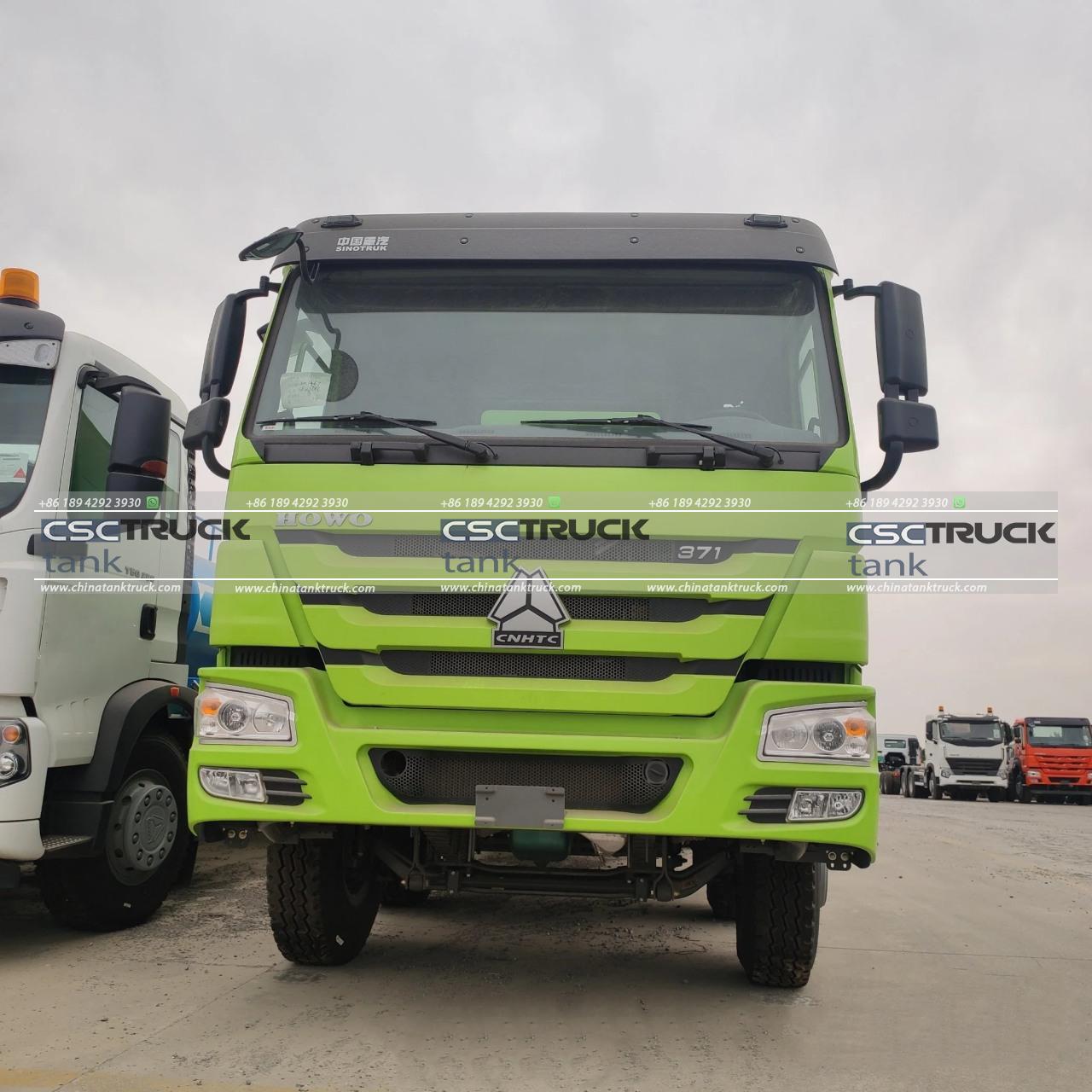
2. Chemical Tankers: These are built to handle hazardous and non-hazardous chemicals. The tank material and design vary depending on the chemical’s properties, ensuring safe transport without risk of contamination or reaction.
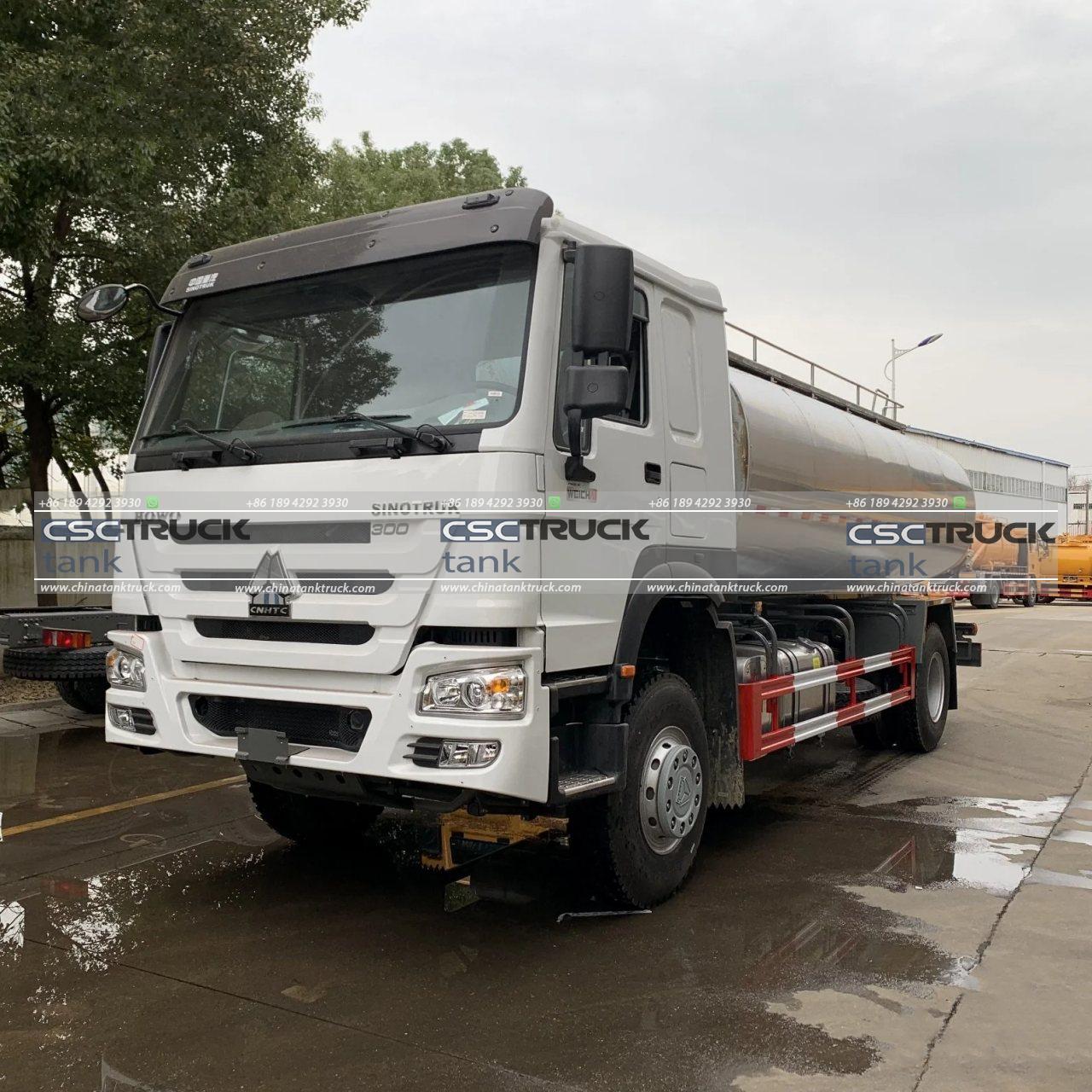
3. Food-Grade Tankers: These are used for transporting consumable liquids such as milk, juice, and edible oils. They must comply with stringent hygiene standards to prevent contamination.
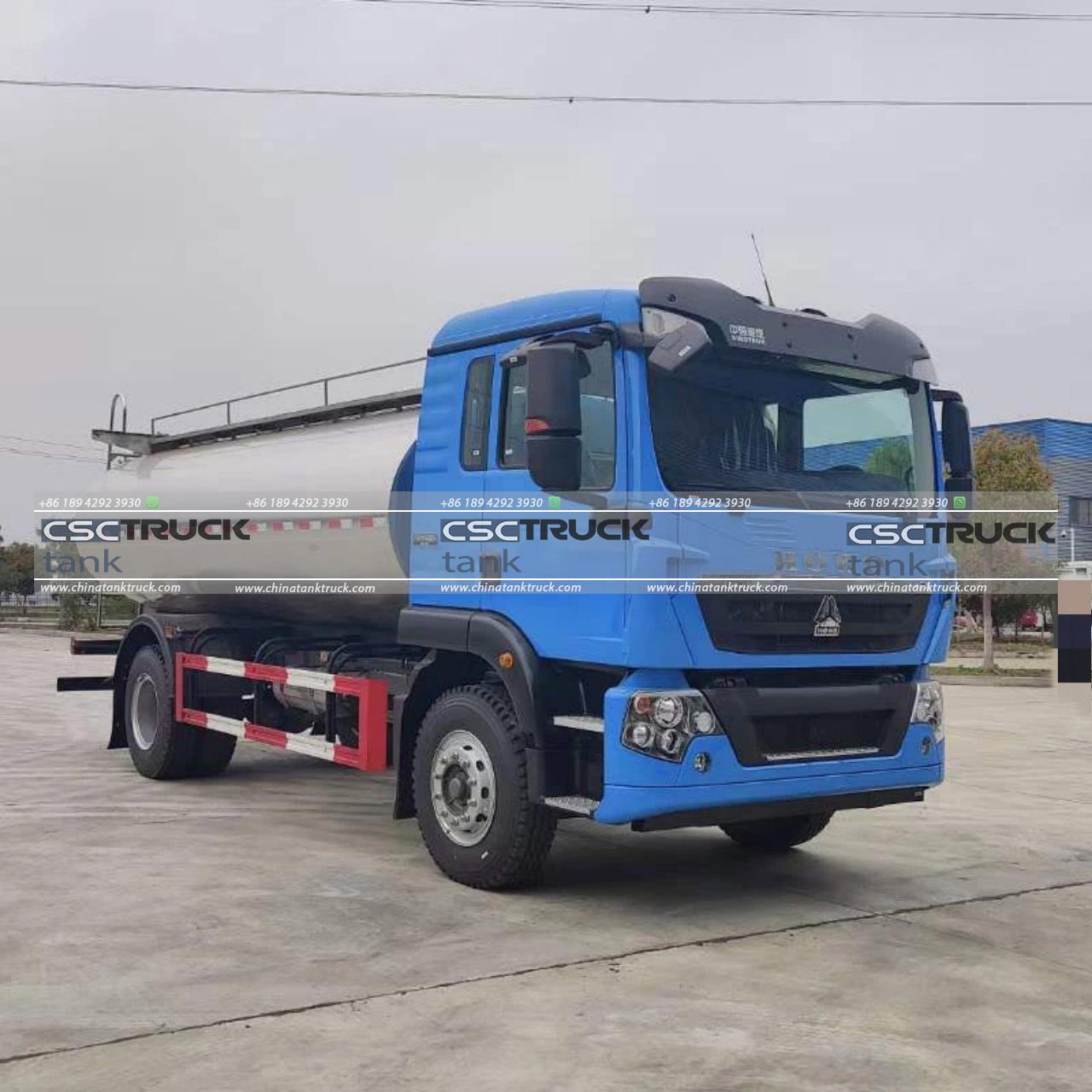
4. Dry Bulk Tankers: These transport powdered materials like cement, flour, and plastic pellets. They often use pneumatic systems to unload their cargo efficiently.
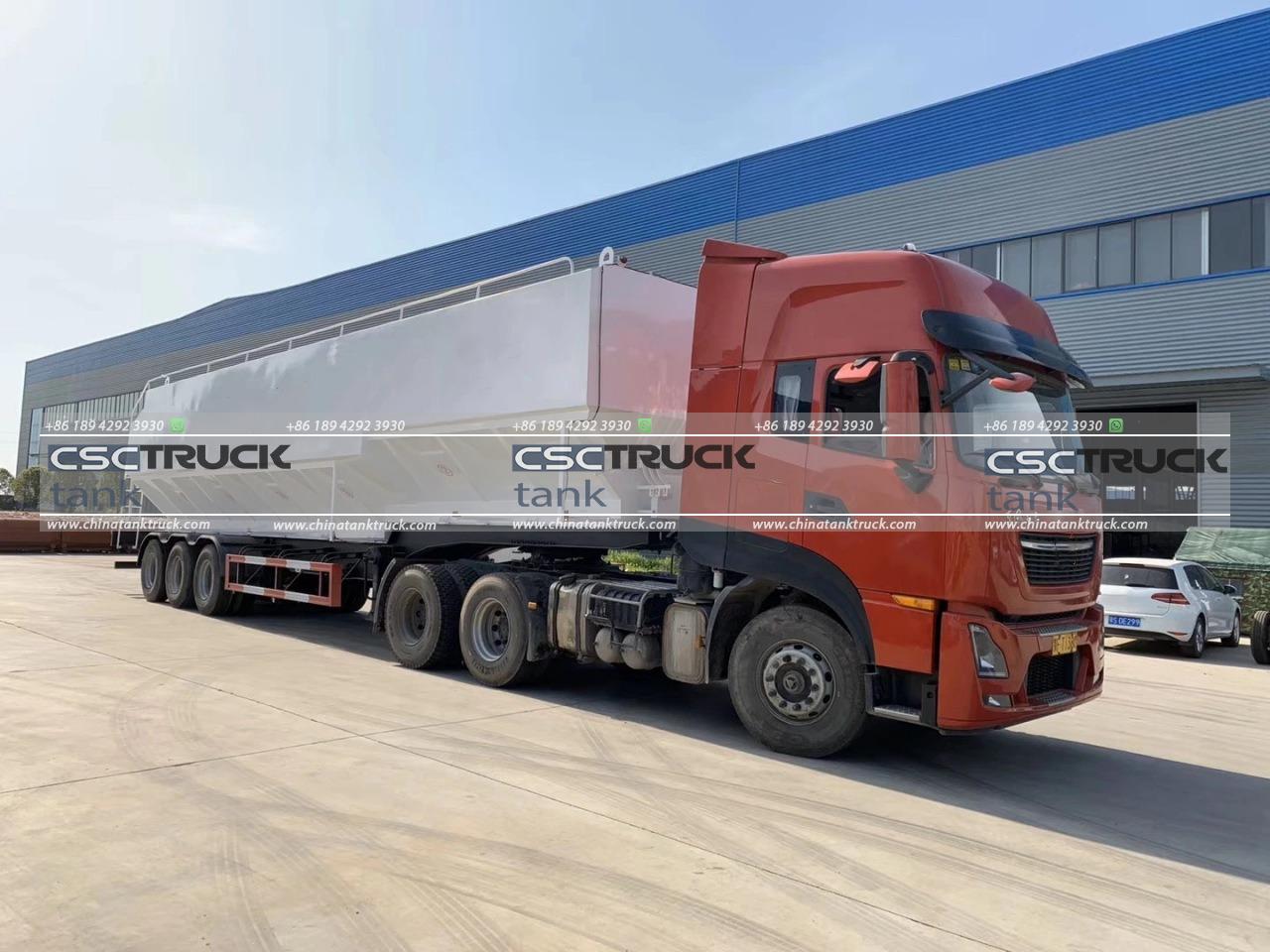
5. Cryogenic Tankers: These are specialized for transporting liquefied gases at very low temperatures, such as liquid nitrogen, oxygen, and natural gas. They are heavily insulated to maintain the low temperatures necessary for these substances.
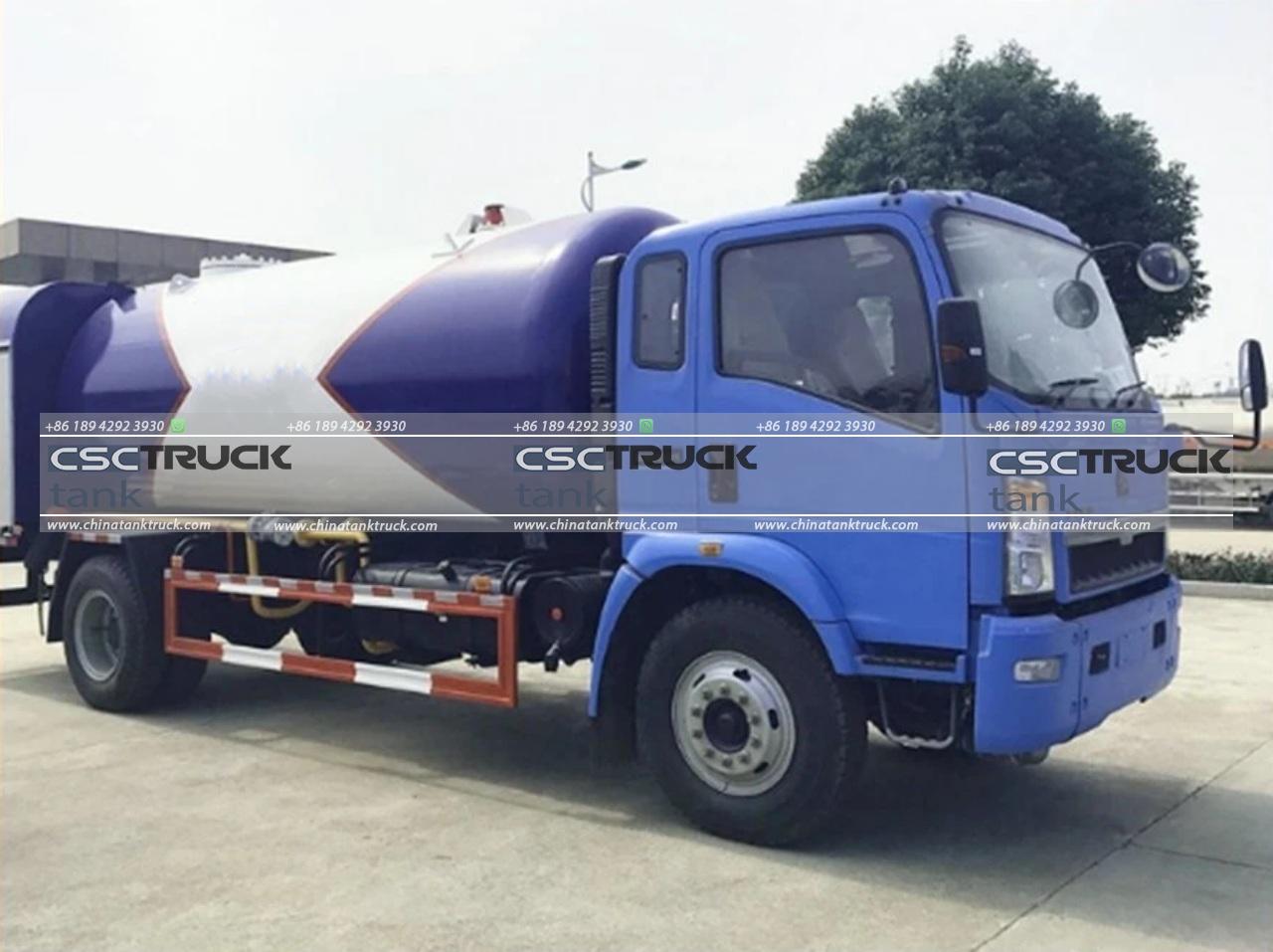
Structural Components
A typical tanker truck comprises several key components that ensure it performs its function efficiently and safely:
1. Tank: The central component, usually cylindrical, is made from materials like stainless steel, aluminum, or carbon steel. The material choice depends on the cargo. For instance, stainless steel is favored for its corrosion resistance when transporting chemicals or food products.
2. Compartments: Many tanker trucks feature internal compartments, allowing them to carry different types of liquids simultaneously without mixing. Each compartment has its discharge valve for selective unloading.
3. Insulation and Heating: Tankers transporting temperature-sensitive goods have insulation to maintain temperature. Some also have heating systems to keep materials like asphalt or chocolate in a liquid state during transport.
4. Pumps and Valves: These are critical for loading and unloading cargo. Pumps facilitate the transfer of liquids into and out of the tank, while valves control the flow, ensuring precise handling and preventing leaks.
5. Manhole Covers: These provide access for cleaning and inspection. They are designed to prevent spillage and contamination, equipped with secure sealing mechanisms.
6. Safety Devices: These include pressure relief valves, fire extinguishers, grounding wires, and emergency shut-off systems to handle various emergencies and prevent accidents.
Operational Mechanics
Operating a tanker truck involves a series of carefully orchestrated steps to ensure safe and efficient transport:
1. Loading: The process begins with loading the cargo, which is typically done at a depot or storage facility. For liquid tankers, pumps are used to transfer the liquid into the tank through designated valves. During this process, operators must ensure the correct compartment is used and that no contamination occurs.
2. Transport: Once loaded, the tanker truck embarks on its journey. Drivers must adhere to specific routes designed for heavy vehicles, often avoiding residential areas and hazardous terrain. The truck’s suspension system plays a crucial role here, providing stability and minimizing the sloshing effect of the liquid cargo, which can affect the vehicle’s balance.
3. Unloading: Upon reaching the destination, the unloading process begins. This can be done using gravity or pumps, depending on the type of tanker and cargo. For instance, dry bulk tankers use pneumatic systems to blow the powdered cargo out of the tank. Liquid tankers often use onboard pumps to discharge their contents.
4. Cleaning: After unloading, the tank must be thoroughly cleaned, especially if it will be used to transport a different substance next. Food-grade and chemical tankers require meticulous cleaning to avoid contamination and chemical reactions.
Safety Protocols
Given the potentially hazardous nature of the materials transported, tanker trucks are subject to rigorous safety protocols:
1. Driver Training: Drivers must undergo specialized training to handle the specific type of tanker truck they operate. This includes understanding the properties of the cargo, handling emergencies, and adhering to safety regulations.
2. Regular Inspections: Tanker trucks must undergo frequent inspections to ensure they are in good working condition. This includes checking the tank for leaks, ensuring valves and pumps are functional, and verifying that safety devices are in place.
3. Hazardous Material Regulations: For trucks carrying hazardous materials, compliance with regulations like the Hazardous Materials Regulations (HMR) in the United States is mandatory. These regulations govern labeling, packaging, and handling procedures to ensure public safety.
4. Emergency Response Plans: Operators must have emergency response plans in place. This includes having fire extinguishers, spill containment kits, and communication devices to alert authorities in case of an accident.
5. Environmental Considerations: Tanker trucks are also subject to environmental regulations to prevent pollution. This includes measures to control spills and leaks and ensure proper disposal of cleaning residues.
Technological Advancements
Modern tanker trucks are equipped with advanced technologies to enhance efficiency and safety:
1. Telematics: These systems allow real-time tracking of the vehicle, monitoring its location, speed, and route. This helps in efficient fleet management and quick response in case of emergencies.
2. Automatic Identification Systems (AIS): These systems provide detailed information about the cargo, including type, quantity, and hazard level. This aids in proper handling and emergency response.
3. Anti-Slosh Technology: Innovations in tank design, such as baffles (internal dividers), minimize the movement of liquid cargo, enhancing vehicle stability.
4. Advanced Pumping Systems: Modern pumping systems are more efficient, allowing quicker and safer loading and unloading processes.
5. Safety Sensors: Sensors to detect leaks, pressure changes, and other potential issues are becoming standard, providing early warnings and preventing accidents.
Conclusion
Tanker trucks are a vital component of global logistics, enabling the transport of essential liquids, gases, and powders. Their operation requires a blend of advanced engineering, stringent safety protocols, and skilled personnel. As technology advances, the efficiency and safety of tanker trucks continue to improve, ensuring they meet the growing demands of various industries while safeguarding public and environmental health.

